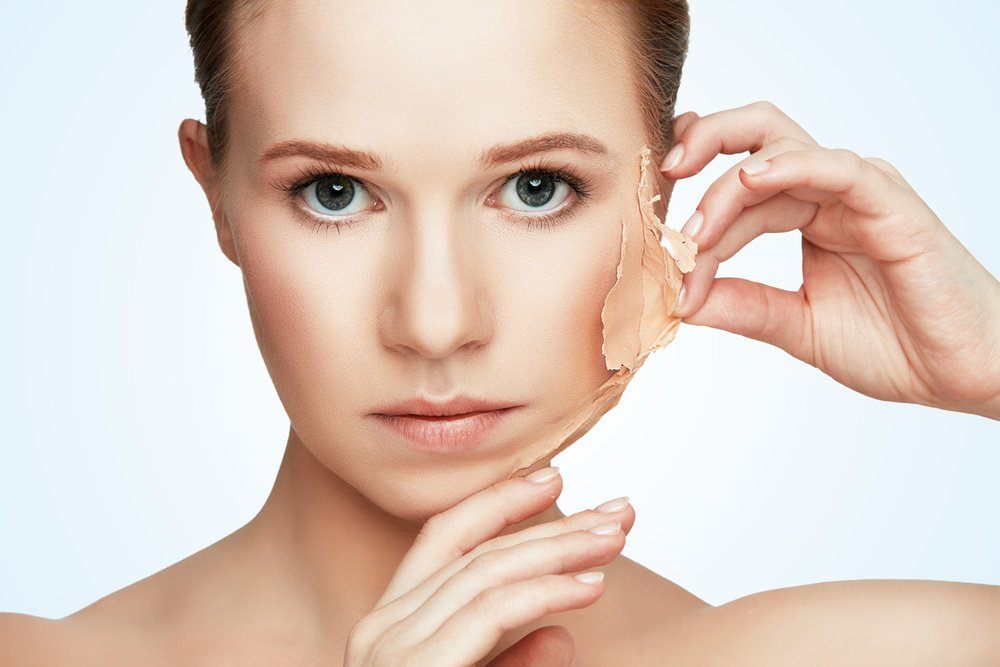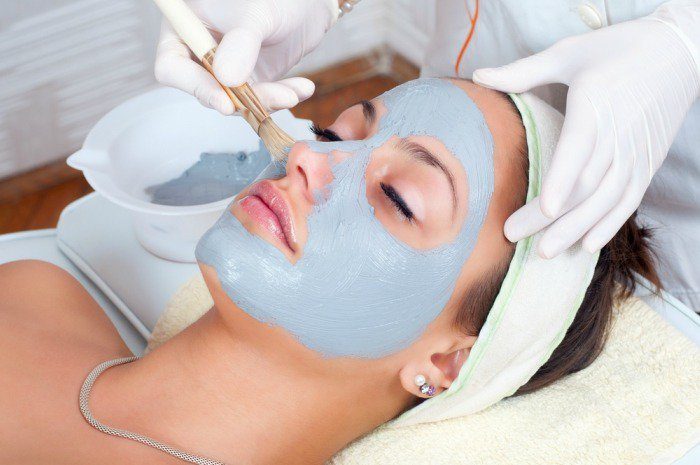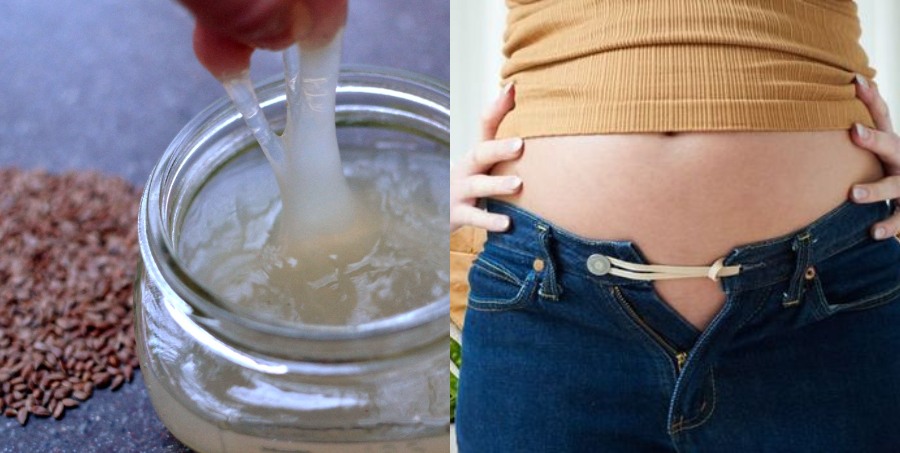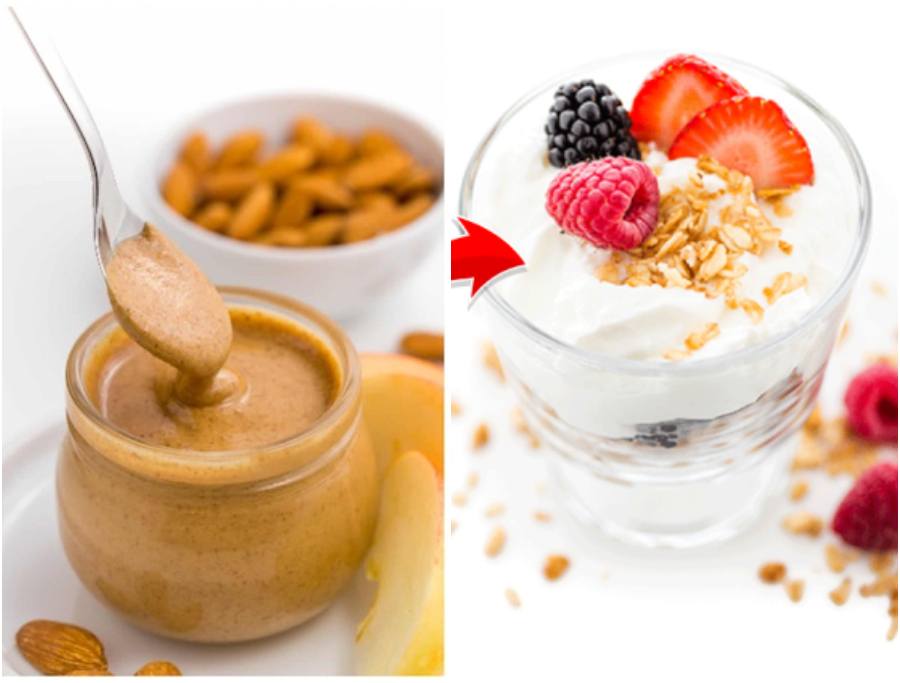Hi everyone!

One of the gentlest chemical peels is a lactic acid peel. Unlike a glycolic acid peel or a salicylic acid peel, a lactic acid peel is extra gentle and good for even the most sensitive skin. Let’s learn more about this one!


What is lactic acid peel?
Similar to glycolic acid peels, lactic acid peel is a type of chemical peel, that is made from AHA (alpha hydroxy acids). They are very mild as they are derived from milk. Hence, if one has never done a chemical peel before, a lactic acid peel is a wonderful choice. They are available in a dermatologist’s office or can also be done at home, with any of the wide variety of lactic acid peels, that are on the market today. Lactic acid peels are wonderful for mature skin, as well as dry or oily skin.

Is it suited for every skin type?
Lactic acid peels are good for people who have sensitive skin because of its mildness. Though people with oily or dry skin can go for a lactic acid peel too.
What are the benefits?
Benefits of lactic acid peel include:
• Fades dark spots.
• Deep cleanses pores.
• Exfoliates skin.
• Lightens and brightens skin.
• Improves hyperpigmentation.
• Evens out skin tone.
• Improves acne spots.
• Reduces fine lines and wrinkles.
• Stimulates natural collagen production.
What concentration is safe?
The most intense 50% is good for mature skin and helps to reduce the look of wrinkles.
The lactic acid peel that contains a 40% concentration, is good for normal skin, that needs a little toning. This is also the ideal concentration to bring back moisture to dry and dehydrated skin.
A 30% peel is apt for sensitive skin, that is prone to acne and skin that is very oily. People who have never had a peel should choose the 30% lactic acid peel because it is a great “starter” peel. Once they know their skin can handle it, they can move onto a peel that contains a bit higher concentration.
How is it done?

Before a lactic acid peel is applied to the skin, the skin has to be cleansed. A prep solution should be applied to the face to ensure that the face is clean, oil free and primed. This will also ensure that, the peel does not penetrate too far into the skin. The peel is then to be applied to the skin. Set a timer for the recommended amount of time. When the timer goes off, neutralize the peel. When you are starting off with any peel, always keep it for a short time and always start with a smaller concentration. Gradually, work your way up to longer duration and higher concentration peels. After the peel is neutralised, the skin will be pink in colour. During the peel, the skin could feel warm. In the days following the peel is when the skin will see the biggest difference.
Is there any downtime?
There is no significant downtime associated with lactic acid peels. For most people, the skin returns to normal in 3-4 days, with experiencing little redness, dryness, and skin flaking in the first two days after the peel.
When should you expect the results?

Do not expect any miracles to take place overnight. Lactic acid peels take time to work. The time for results to show, varies from individual to individual and depends on your skin issue, skin type, concentration of the peel and the number of peels. Certain issues like improving hyperpigmentation, spots and reducing fine lines take multiple peels over 6-8 weeks.
Post peel care:

• Apply a good moisturizer or even coconut oil regularly, as the skin will become quite dry in the succeeding days.
• Do not use any exfoliating product for at least a week after the peel.
• Try to avoid exposure to excessive heat and harsh conditions.
• Do not pick at the flaky skin. Just load up on moisturizer.
• Most importantly, always wear a sunscreen with at least SPF 30. This will ensure the new layer does not get exposed to the sun, which would result in sunburn and pigmentation.
Lactic acid versus glycolic acid peel:
Lactic acid and glycolic acid are two of the common peel solutions. Hence it can get somewhat confusing to decide which one of the two you should opt for.
Texture wise, lactic acid is relatively thick and sticky while glycolic acid is a very watery, clear liquid. Both peels yield similar results, though lactic acid peels are more mild and tend to fade hyperpigmentation better.
If you are someone who has never used a peel before, start with a lactic acid peel first. Once your skin gets used to it, you can slowly progress to a glycolic acid peel.
Some product recommendations:
• (re)Fresh 10% Lactic acid Gel Chemical Peel
• Dr Shong 50% Lactic Acid Gel Chemical Peel
• Perfect Image Enhanced Chemical Peel with kojic acid
• Artistry by Amway Artistry Essentials Alpha Hydroxy Serum Plus
• Makeup Artists’ Choice 40% Lactic Acid Peel
All You Need to Know About Skin Peels
Everything You Need To Know About Chemical Exfoliation
Glycolic Acid Peel in 4 Easy Steps
TCA (Trichloroacetic Acid) Peel Treatment and My Personal Experience
Glycolic Acid Peel for Acne
Glycolic Peel Treatment and My Personal Experience
Homemade Facial Peel for Skin








